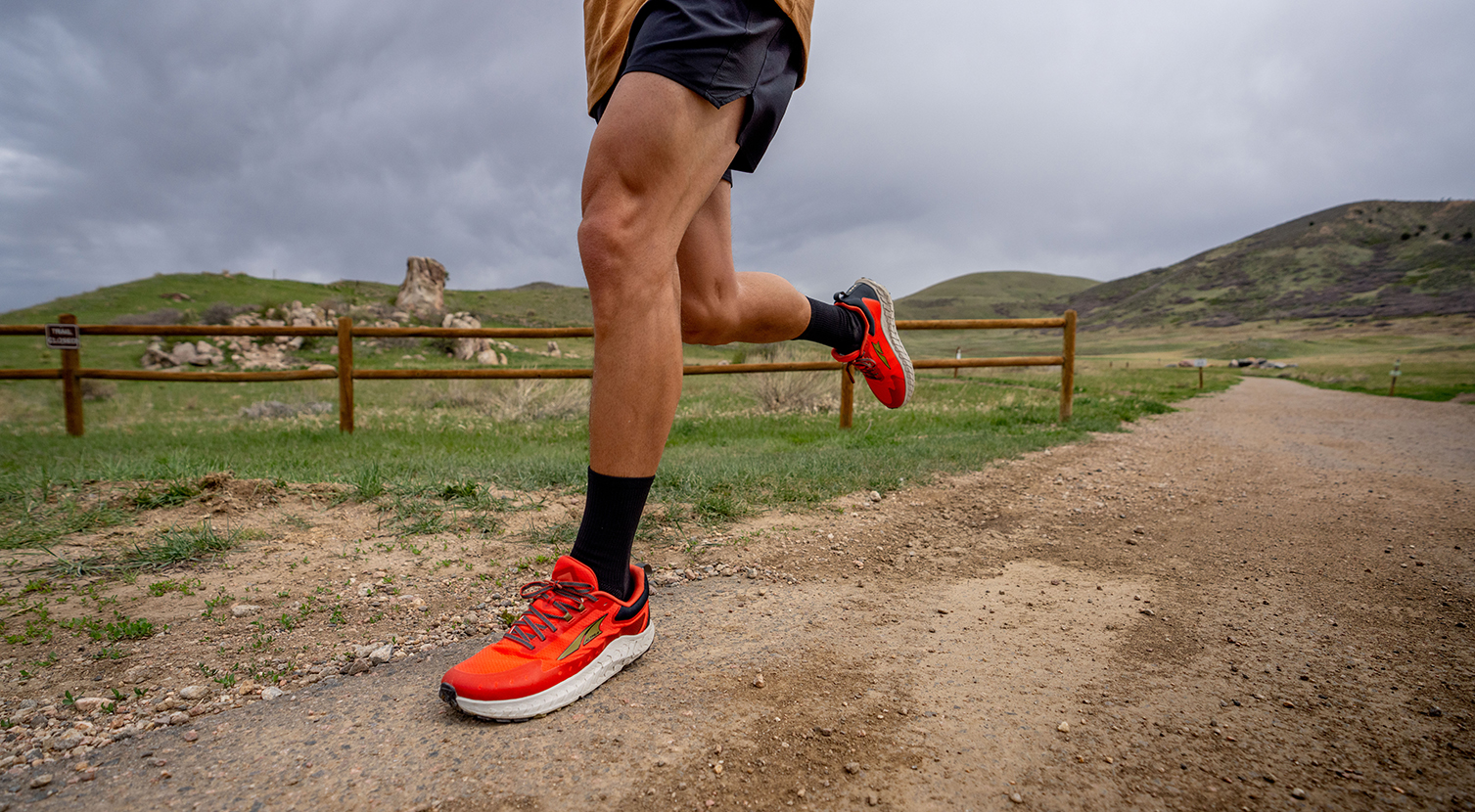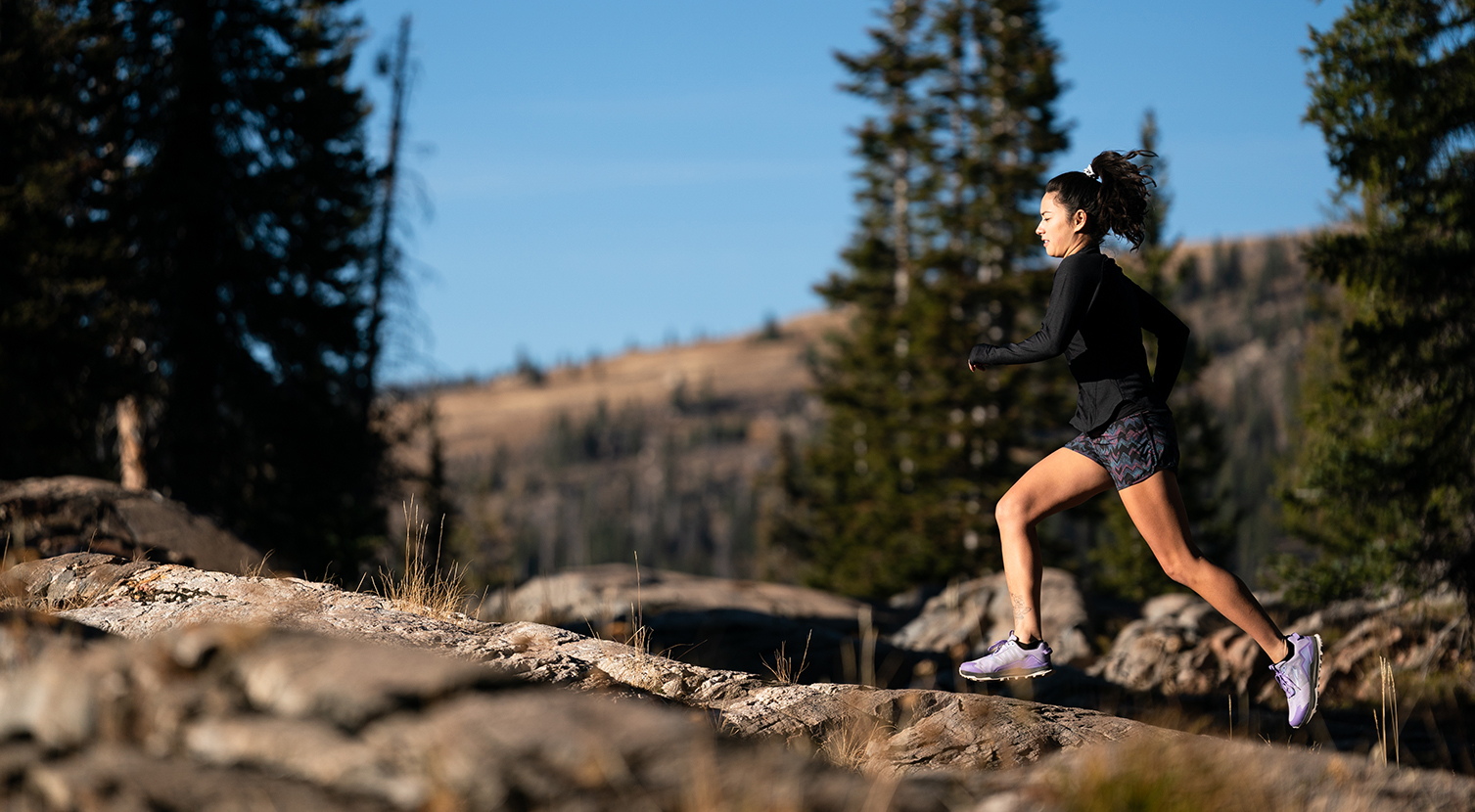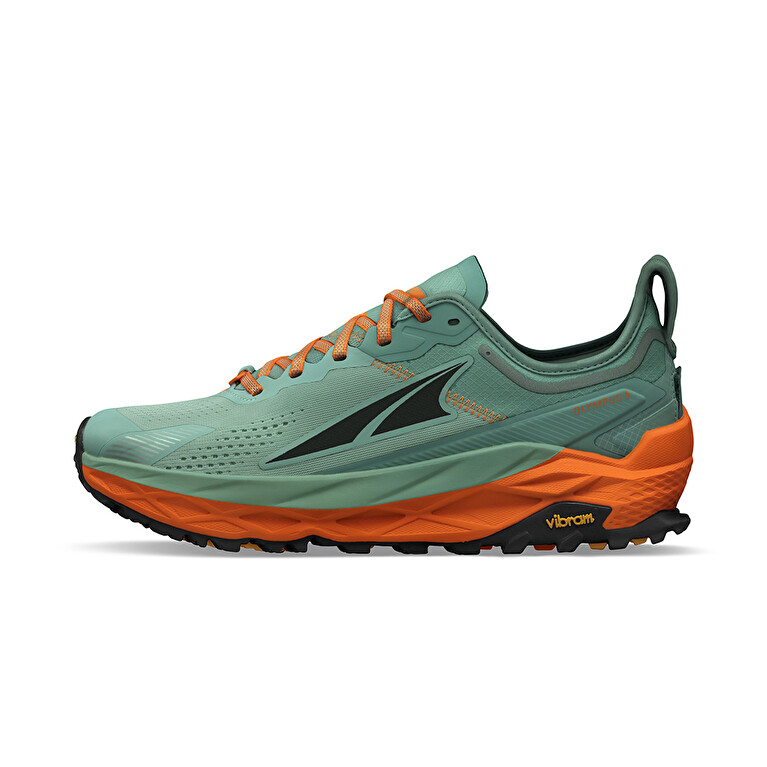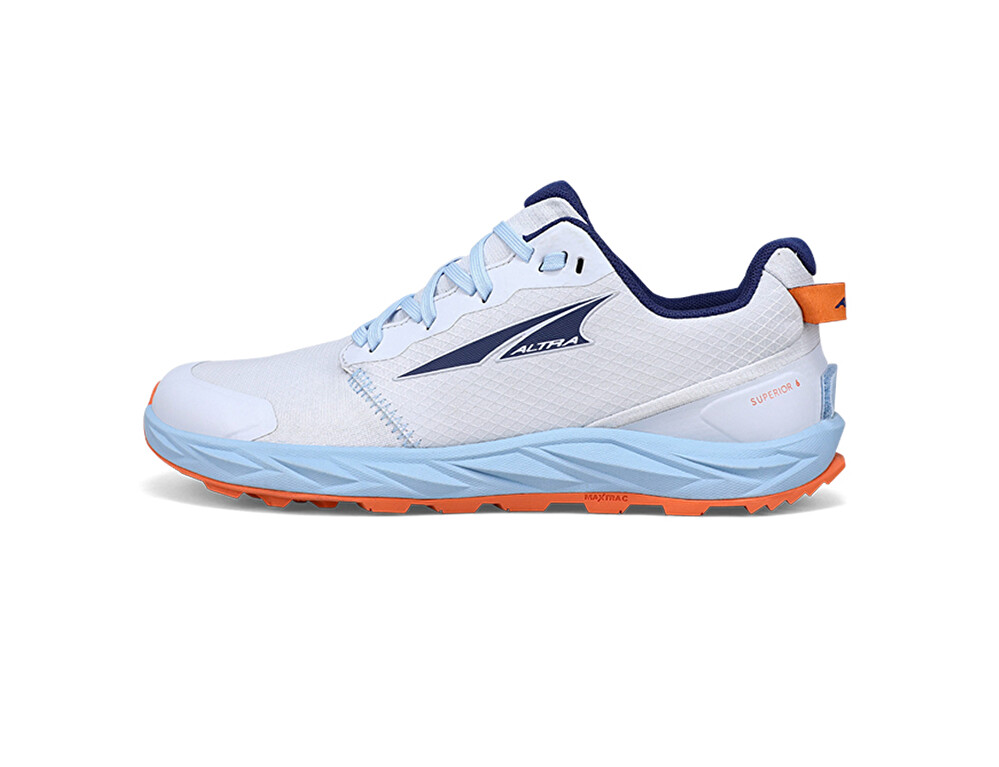
Wrong size?
Discover the return for size change.
HOW TO PICK THE BEST WINTER RUNNING SHOES FOR YOU
WHAT ARE THE BEST WINTER RUNNING SHOES?
Runners are a different breed so it’s not surprising to see a jogger in shorts, gloves, and a hat trotting down an icy sidewalk in the middle of a blizzard. While we encourage runners to get out in the winter, whether it’s cold, snowy, or icy, there are ways to be prepared. Choosing the best winter running shoes before heading out in freezing temperatures is one way to set yourself up for a fun (albeit cold) run.
When you’re shopping for the best winter running shoes, there are several features to be aware of that can help you establish grip and keep your feet warm. Consider the environment you’ll be tackling on your winter runs and shoe features that may help negate the cold, wind, or wet.
Water-resistant or waterproof running shoes are helpful in the winter, especially if snow has begun the melting process. When you encounter puddles on your run, you won’t need to take a detour with waterproof running shoes because they’ll help keep your feet dry.
If you’re tackling a run in the cold and know you may encounter slippery snow or ice, traction will be your best friend. Consider winter running shoes that have traction in the outsole and will help you grip the pavement more efficiently.
With so many shoes focused on winter running, it can be hard to choose the right pair for you. Analyzing your environment and what you’re likely to encounter helps you narrow down your choices.

CONSIDERATIONS FOR COLD AND SNOWY CLIMATES
Running in the snow can be an exhilarating challenge that many runners enjoy. There are generally three factors to consider in winter running shoes if you plan to run in a cold and snowy climate:
- Traction
- Warmth
- Water resistance
Traction
To ensure you stay upright and don’t get injured during a snowy run, wear shoes with traction. You want to ensure your feet get a good grip on the ground, whether it’s covered in snow, ice, water, or slush.
Winter running shoes should be equipped with lugs, which are small points of raised rubber lining on the outsole of the shoe. You’ll find lugs on most trail shoes to ensure trail runners can maintain traction on slippery dirt or muddy trails. The bigger and more aggressive the lugs and lug pattern, the more traction and grip you’ll experience while running.
Alternatively, you can purchase your own lug kit and attach lugs to existing running shoes. However, keep in mind, there’s usually no way to easily reverse this process.
Warmth
Most running shoes aren’t known for their warmth since runners are generally looking for fast, lightweight shoes. However, with winter running, you should consider the upper material of the shoe and ensure it’ll keep your feet relatively warm in a cold and windy environment. The water-resistant membrane material is also generally thicker than mesh, which is another consideration to factor in when buying winter running shoes.
Water resistance
Shoes that are waterproof keep your feet happier in the winter, especially if you’re moving through snow or slush. In freezing temperatures, keeping your feet dry is the key to warmth and safety. Shoes that are water-resistant and not waterproof are helpful for dry feet but if you encounter deep puddles or relentless slush, your feet may get a little damp throughout your run.
Keep in mind, the traction, warmth, and water resistance you need in your winter running shoes depends on your location’s climate.

FOR TRULY FRIGID CONDITIONS
In truly cold temperatures that experience snow, you’re likely to encounter ice and uneven surfaces due to snowpack. You may want to consider winter running shoes made for trail running since they’re designed for uneven terrain. If you plan to wear gaiters to keep the snow out of your shoes and off your legs, purchase a running shoe with a gaiter attachment.
Your winter running shoes should have an aggressive lug pattern for traction and should provide you with some warmth to combat freezing temperatures. While water-resistant shoes aren’t mandatory for winter running, you may want to consider this feature, in case you encounter snowmelt on your run.
FOR COLD, SLUSHY CONDITIONS
While running in freezing temperatures may seem more extreme than a warmer winter run, slushy conditions can sometimes be just as tough. Again, you’ll need to focus on traction since melting snow can be slippery. Slushy conditions also call for water resistance in your winter running shoes, so your feet stay dry. However, warmth won’t be as important if you’re not dealing with extremely frigid conditions.
CONSIDERATIONS FOR MILDER, RAINY WINTERS
If your winter is less snow and ice and more wet and chill, it’s important to focus on staying dry and warm on your winter runs. While you may not need a shoe that’s waterproof for your winter runs, you should consider shoes that are quick dry to keep your feet from getting soggy. This is especially important if you live in a high-humidity climate.
Before choosing your ideal winter running shoe, think about the issues you’ve experienced with past shoes. Did they soak through quickly and get your feet wet? Did the waterproof membrane feel too heavy on your run? It’s easier to choose the new running shoe features that are your top priority when you can identify the issues that you need to address with your current shoes.

YOUR RUNNING SURFACE AND FOOT SHAPE DETERMINE YOUR SHOE NEEDS
Running surface
Pavement, asphalt, dirt, or mud? Your running surface plays a big role in the amount of traction you need from your running shoes. When you run on a treadmill or dry sidewalk, you’re probably not too worried about how heavy duty your running shoes are or if they’re waterproof. Your focus may be on a breathable upper and a lightweight outsole that keeps you moving fast.
However, if you’re tackling a trail run on a wet or snowy trail, water resistance and lugs for traction will be top priority. If you’re an all-season runner, you may need to consider buying lightweight shoes suitable for the warmer months and more heavy-duty sneakers for your winter runs.
Foot shape
When you’re shopping for the right running shoes, your foot shape is an important factor to consider. Finding shoes that were made to fit your feet ensure you’ll have a comfortable and sustainable run. Altra shoes with FootShape™ comfort give you enough room in the toe box to allow your feet to move naturally, which is crucial whether you’re running on a snowy or sunny day.
Natural movement is also important for a comfortable stride, whether you’re setting out for an easy 5K or toeing the starting line of your first ultra-marathon. Altra shoes feature Balanced Cushioning™, which is sometimes referred to in the running shoe industry as “zero drop.” With an even platform, these shoes position your heel and forefoot at an equal distance from the ground to encourage better alignment and better running form.
Best Shoes For Winter
Join our Newsletter
You will always be up to date with news on campaigns, collections, arrivals and events.

Loading...
















